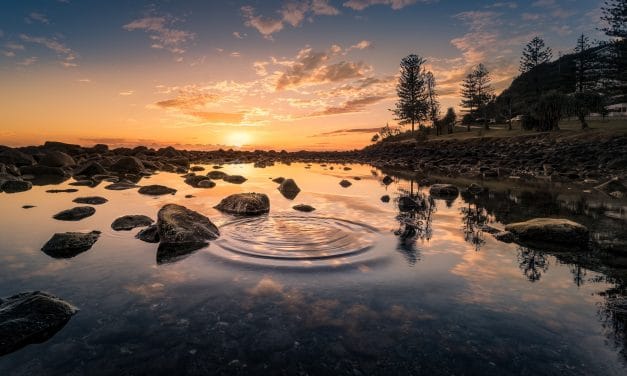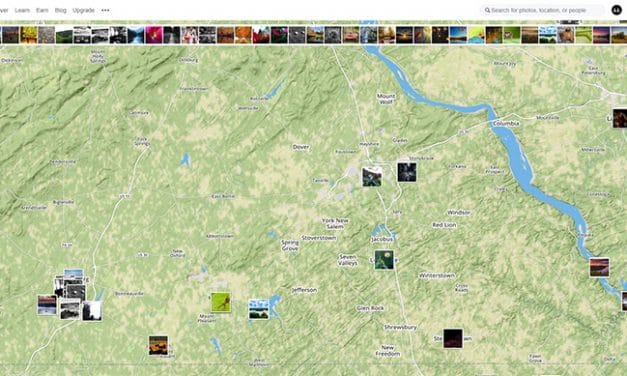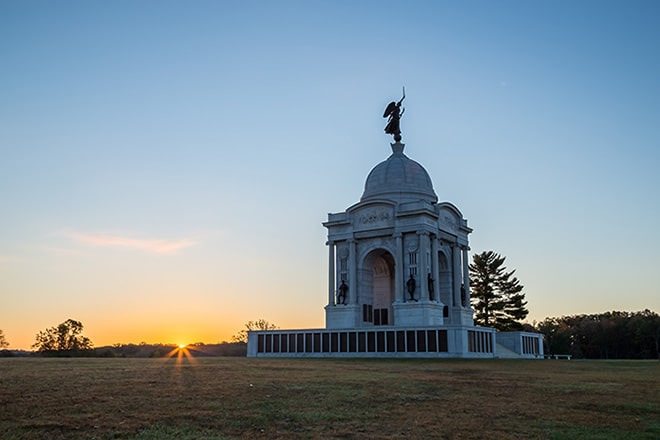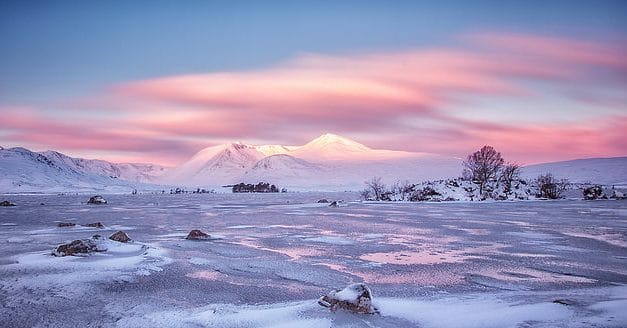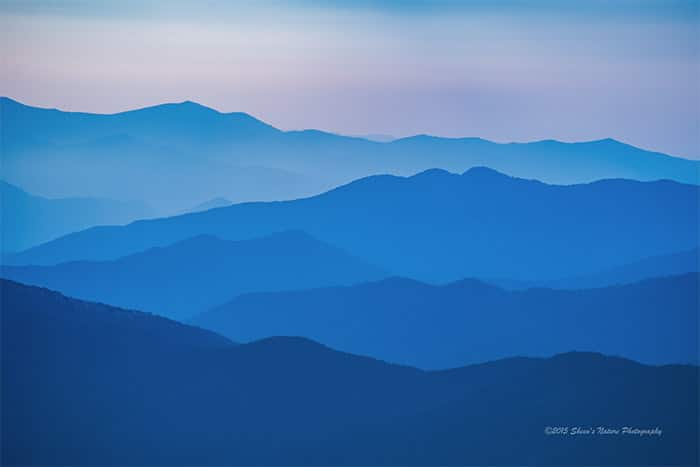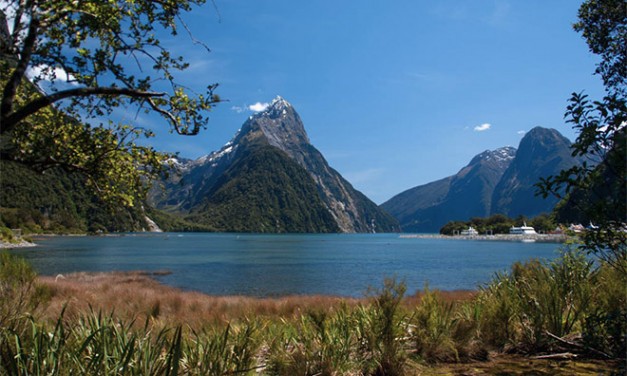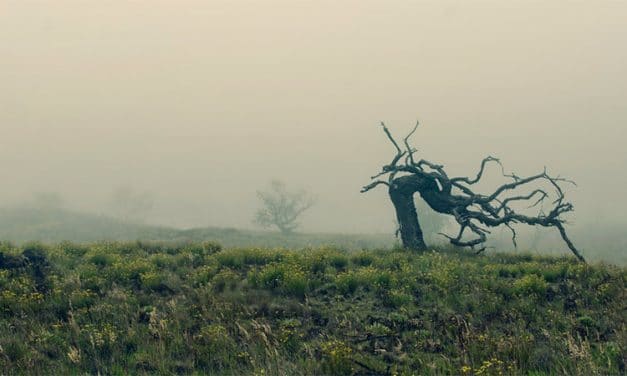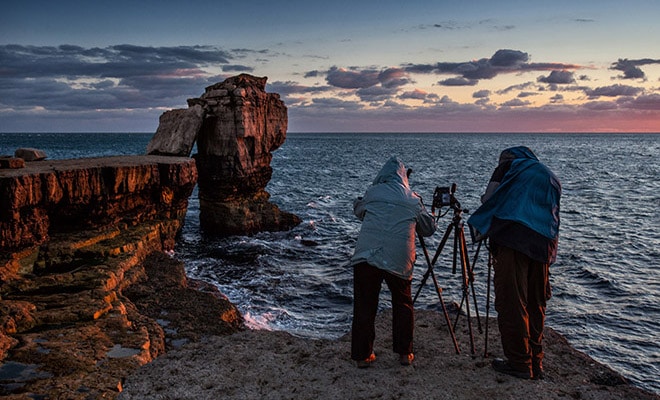Using Fast Shutter Speeds With Landscape and Nature Photography
You’ve probably read a lot about using a slow shutter speed to capture nature and landscapes in a way that looks fantastic. Stars streaking across the sky, rivers and streams in full flow, and many other natural phenomena look great at a slow shutter speed. But when might you want to dial it up instead? These are the best ways to use fast shutter speeds to create a striking effect.
Read More

